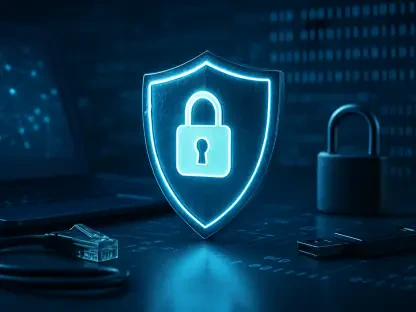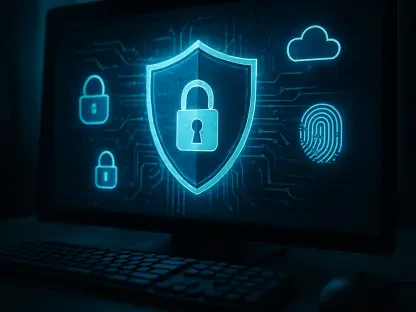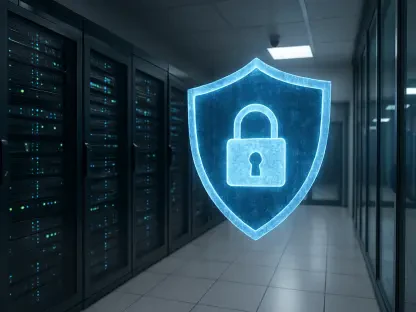In the evolving landscape of cybersecurity, a concerning trend has emerged, where deepfake technology is being exploited to impersonate senior US officials. This development poses a serious challenge as these sophisticated methods leverage AI-generated audio and text messages to target former high-level government officials. Using techniques known as smishing and vishing, malicious actors mimic the voices of public figures or even family members to gain the trust of their targets. The goal is often to lure these individuals into clicking on malicious links, facilitating the harvesting of credentials or deploying malware for unauthorized access to personal and sensitive accounts. The Federal Bureau of Investigation has issued an urgent warning about these impersonation tactics, highlighting the potential dangers posed by compromised data, including the risk of further attacks on other officials through seemingly trustworthy connections. This alert aligns with broader concerns surrounding cyber threats and underlines the necessity for vigilance in the face of increasingly sophisticated technological deception.
The Threat and Techniques Used
The methods employed by threat actors in these deepfake campaigns are a testament to their sophisticated understanding of both technology and human psychology. By initiating contact through seemingly familiar channels, such as messages from known associates or relatives, these actors aim to establish a foundation of trust. The AI-driven voice messages are crafted to resemble the targets’ acquaintances or prominent figures, convincing recipients of their authenticity. This deceptive approach is designed to lower security defenses, prompting individuals to engage with the messages more freely. Once trust is established, victims are often urged to visit malicious websites, where malware or credential-phishing tactics await. These malicious links act as gateways to information theft or system penetration, allowing perpetrators to exploit personal accounts or networks. The implications are severe, with a single breach having the potential to cascade into larger cyber incidents within government systems. To mitigate these risks, cybersecurity experts advise individuals to critically assess any unverified communication, scrutinize details closely, and ensure the identity of the sender before divulging sensitive information. Emphasizing a multilayered security approach, incorporating multifactor authentication, and using secret verification phrases can further enhance protection against these deceptive tactics.
Vigilance and Response Strategies
In response to these challenges, cybersecurity experts recommend adopting a proactive approach to combating deepfake threats. Individuals should remain skeptical of unsolicited communications, especially those that request sensitive information or prompt urgent actions. It is crucial to verify the identity of the sender through trusted channels before responding or clicking on any links. Implementing multifactor authentication can provide an additional layer of security, making unauthorized access more difficult. Using secret verification phrases can also help confirm the legitimacy of the communication. Additionally, raising awareness about these sophisticated threats through training and information sharing can empower individuals to recognize and respond to potential deepfake attacks effectively. By maintaining a vigilant stance and leveraging advanced security measures, the risk posed by deepfake technology can be significantly reduced, protecting both personal and governmental data from unauthorized access and exploitation.









